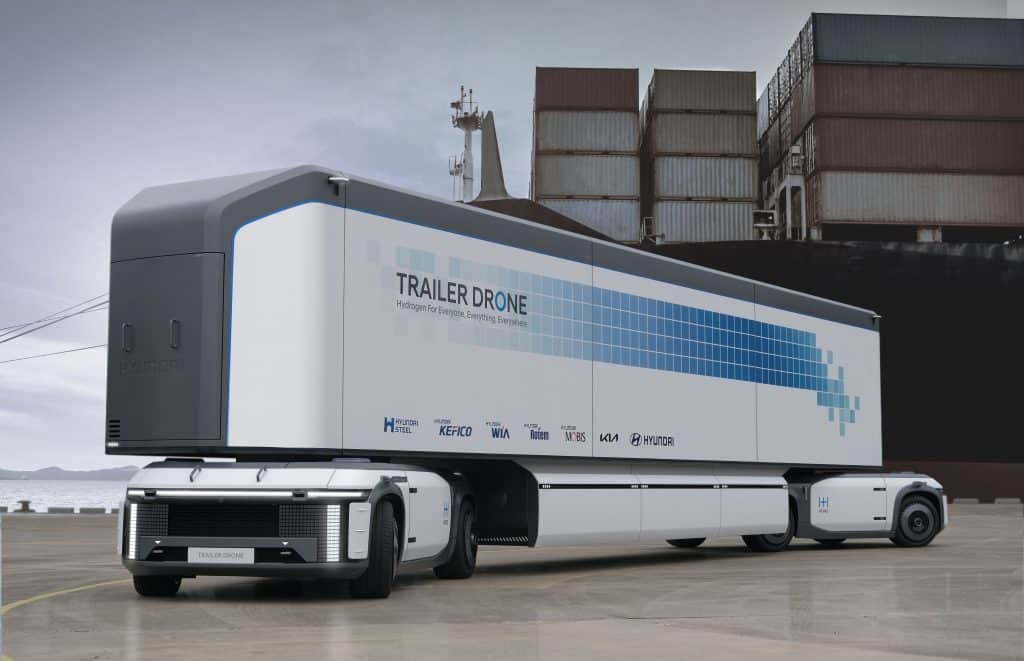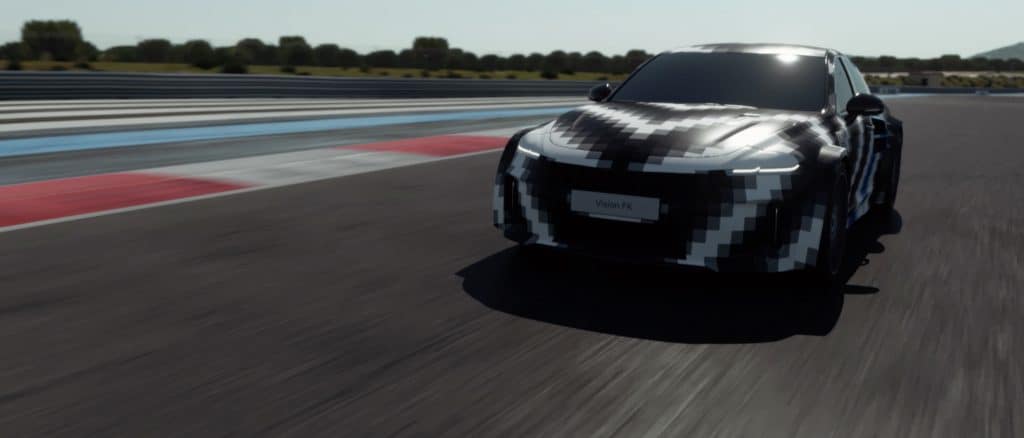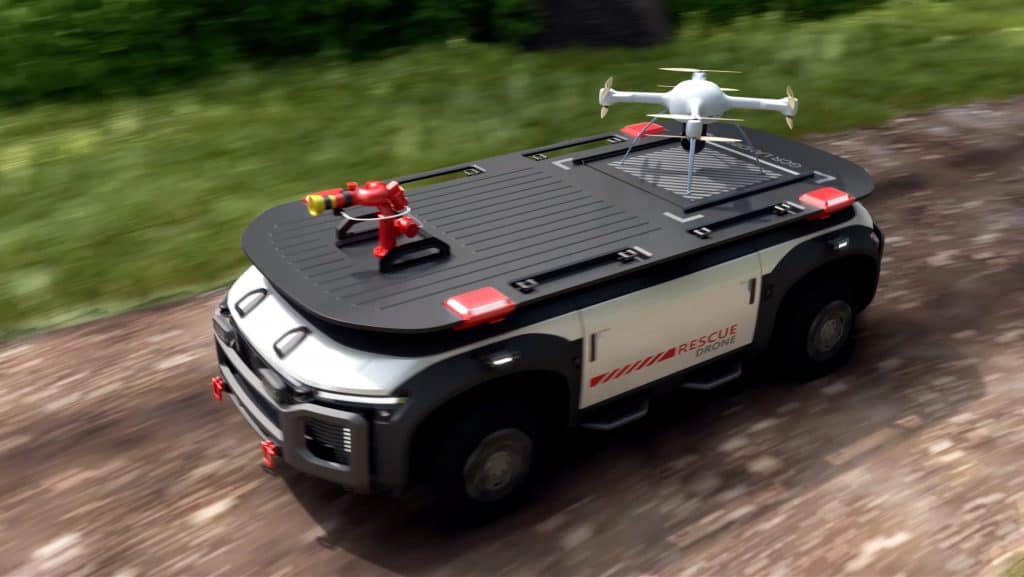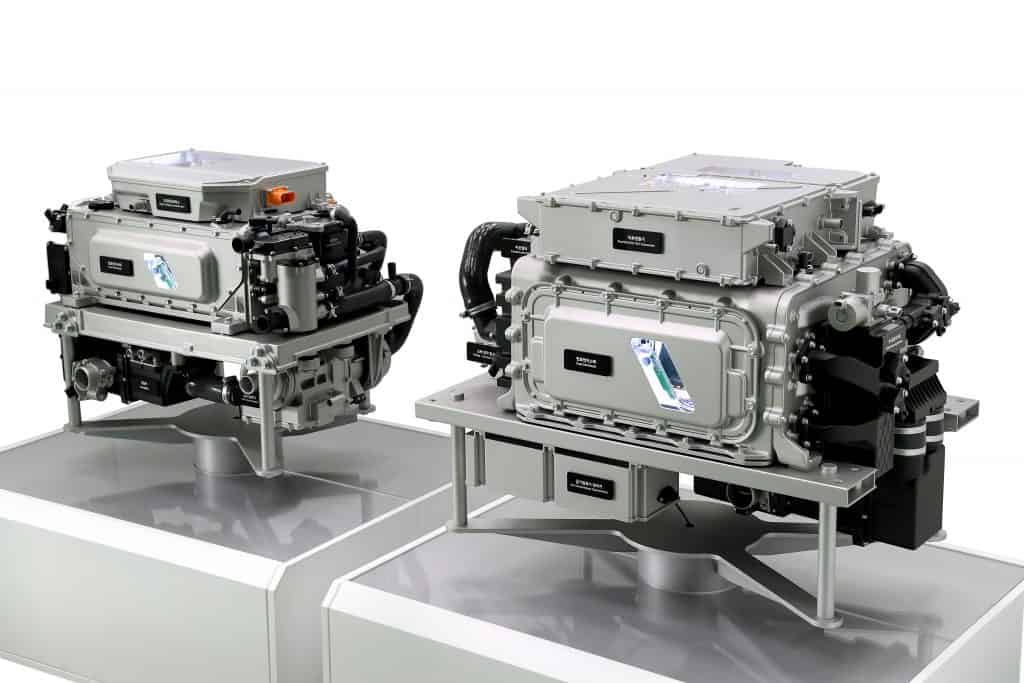While other carmakers are all betting on Battery Electric Vehicles or BEVs, Hyundai is looking at another clean fuel source for the future: hydrogen. The Korean automaker announced Hydrogen Vision 2040 which aims to popularize Fuel Cell Electric Vehicles (FCV) as an alternative to BEVs.
Hyundai’s decision to further develop its hydrogen fuel cell technology (as opposed to going all in on battery electric vehicles) is down to a study done by the Hydrogen Council—a global CEO-led initiative of leading energy, transport, industry, and investment companies.

Their studies reveal that hydrogen energy will account for 18 percent of global energy demand by 2050, with a market size of USD 2.5 trillion. The popularization of hydrogen energy will also help cut CO2 emissions by more than six billion tons a year, while creating over 30 million new jobs.
Fuel cell vehicles or FCVs generate electricity using the oxygen in the air and compressed hydrogen stored in a tank. The hydrogen fuel cell functions like a battery, producing electricity, which can run an electric motor. The only emission by-product is water vapor. Instead of requiring recharging, however, the fuel cell can be refilled with hydrogen in as little as five minutes (just like a conventional combustion-engined vehicle).

With that in mind, Hyundai sees great potential in FCVs, especially in the commercial vehicle space where “downtime” is considered as “money lost.” Thus, they are keen to introduce the technology to its commercial vehicle line, including a new 5 to 7-meter long FCV that will compete in the global light commercial vehicle segment.
Hand-in-hand, the automaker will introduce its third-generation fuel cell powertrain which are more powerful and more compact than ever by 2023.

Two versions will be available—one generating 100 kW (136 horsepower) and another making 200 kW (272 horsepower). These fuel cell stacks will have increased durability—up to 500,000 kilometers of worry-free driving and a cost equivalent to BEVs by 2030. Moreover, because they are designed with flexibility and modularity at its core, this third-generation fuel cell system can be “stacked” to produce up to 1 MW (1,360 horsepower)—perfect to power even large ships.

Among some possible applications of this fuel cell system include the Trailer Drone concept which is a fully autonomous container transport system with 1,000 kilometers of range; the Fuel Cell e-Bogie which can be used be used in ground logistics; the Rescue Drone which can “crab walk” making it great for firefighting and other disaster operations; and the Vision FK which is a high-power, rear-wheel drive vehicle that does 0 to 100 km/h in less than 4 seconds.
Hyundai’s prospects on hydrogen as the fuel of the future is certainly forward-thinking, but more concretely, they have revealed a daring plan to electrify all of their new commercial vehicle models—be it through fuel cell electric or battery electric—by 2028. This makes them the first automaker to realize such an ambition specifically for the commercial vehicle segment.

